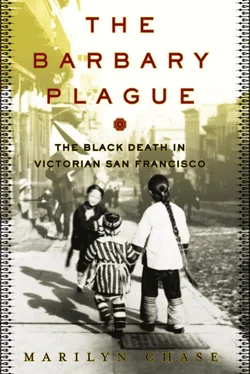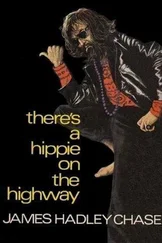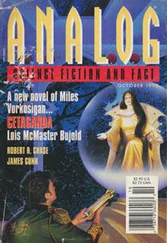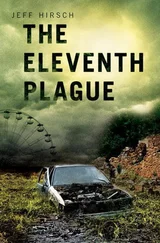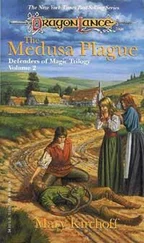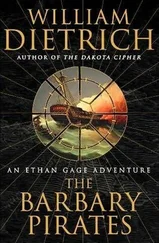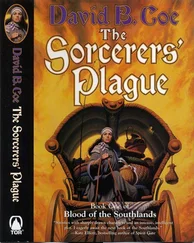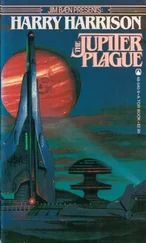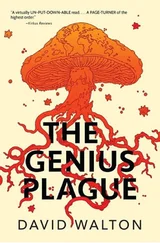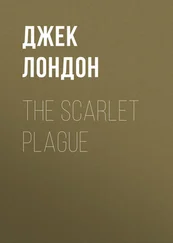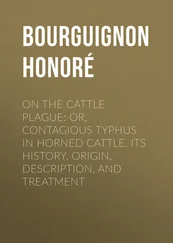Bodies were whisked room to room, stashed in out-of-the-way cubbyholes, or carried over the rooftops—in a shell game to keep the sick and dying from the inspectors. In other cases, San Francisco Bay became a river Styx, with bodies stowed aboard tiny fishing boats, slipped across the water, and interred in an unknown spot. Hiding the dead was Chinatown’s defense against the intrusion of white doctors. How many bodies disappeared, no one knew. 17
Some hid in plain sight. One ingenious ruse involved a game of dominoes. During an inspection on Waverly Place in Chinatown, one doctor found five men seated around a game table. The players froze as police officers stormed the apartment, upending the place but finding nothing. Two hours later, one of the players was found to be dead. During the inspection, his companions had propped him up at the game table, with his hand poised upon a domino in such a natural position that he escaped notice.
“Their tricks are manifold,” said the duped doctor, W. G. Hay of the University of California, in a speech to the California Academy of Medicine. Just how to outsmart the inspectors, he fumed, “[t]he wily heathen seemed to know by instinct.” 18
Rants against the “heathen” Chinese made Consul Ho Yow heartsick. His ailing constituents were forced to flee for fear of the rough interventions of the white doctors, he said, but he denied that his people were actually hiding the dead. 19
An exodus of Chinese began, driven by fears of quarantine, chemical bombardment, and needles. Some scattered to the gardens and factories of their friends in the suburbs. Others were quartered as cooks in private homes within the city. At the old Globe Hotel, the usual three hundred tenants had dwindled to a dozen, who stood with their bags packed, ready to leave if the cordons went up or the torch was threatened again.
On the waterfront, Dr. Kinyoun tried to assert his authority as quarantine officer. But his bluster failed to hold back a rising tide of derision. When a steamer called the Gaelic arrived from Asia with a sick Chinese man aboard, Kinyoun quarantined the vessel. Somehow, despite Kinyoun’s ban on reporters in quarantine, one from the Examiner managed to sneak aboard or to smuggle out stories of Kinyoun in action. The paper published an account of Kinyoun charging about the deck, barking orders, behaving as a bully, acting overbearing to the poor and obsequious to the rich. 20
The city board of health, meanwhile, had no cash to pay for the cleanup. The health board begged the board of supervisors for $7,500 to pay men to fork garbage into the incinerator, to sprinkle formaldehyde and shovel lime about Chinatown. The bid for funds inflamed suspicions that the plague was merely a pretext for padding the budget. Newspaper cartoons showed Kinyoun’s monkey, rat, and guinea pig as burglars robbing the city treasury. The Chung Sai Yat Po declared: “If the government didn’t have this $7,500 Buddha, nobody could frame us with the plague.” 21
News of San Francisco’s misfortune became impossible to contain, and dispatches reached other states and countries both north and south of the border. Westbound trains traveled empty, abandoned by those afraid of contracting the deadly bacteria. Vacationers favored safer destinations where the greatest concern was sunburn or overeating.
Trading partners began to balk at receiving the city’s infected goods. The Canadian government ordered all steamers from San Francisco quarantined until further notice. And the outbound steamer Curaçao was quarantined in Mazatlán by the government of Mexico. San Francisco businessmen remembered how quarantine had paralyzed Hawaiian sugar shipments after Honolulu’s plague struck. A sickening vision of California wheat stranded on the docks, and its fruit rotting, rose before their eyes.
Editorial pages of the city’s major dailies called it an outrage that the city was being branded a pestilential plague spot rather than the golden vision of health and pleasure they wanted to promote.
Down at the intersection of Market and Kearny—the Times Square of the West—publishers displayed their edifice complex. The de Young family erected the West’s first steel-frame skyscraper for the Chronicle’s headquarters, rising a majestic ten stories. Then William Randolph Hearst hired the same architects to design a loftier tower for the Examiner just across the street. He was topped by Claus Spreckels, the sugar king, who built his newspaper, the Call , a nineteen-story monument. 22
Although rivals in every other respect, de Young’s Chronicle and Spreckels’s Call found themselves on the same side of an issue. Both papers relentlessly ridiculed the plague campaign of Kinyoun as a fraud. Ironically, the only newspaper of the big three dailies to engage in serious coverage of the outbreak was that font of yellow journalism, Hearst’s Examiner . To be sure, the so-called saffron sheet pursued the plague story less for its public health import than for its sensational ingredients of death and intrigue. But in the city, its coverage stood alone. Now, however, other city papers charged the Examiner with journalistic treason against San Francisco. Hearst’s New York Journal spread news of the city’s shame, declaring: BLACK PLAGUE CREEPS INTO AMERICA. 23
In a stunning admission on March 25, the Call’s editors admitted that they and the Chronicle ’s editors had made a mutual pact of silence on the plague. They blasted the Examiner for its heresy. “It will be remembered that the Call and the Chronicle agreed to omit publication of the sensational doings of the Board of Health and the Chief of Police… but the Examiner not only refused to join this proper policy, but wired the lying report to the New York Journal and thence spread it broadcast.”
As the rhetoric mounted, furious merchants converged on City Hall. They vowed the yellow flag of plague would never fly over San Francisco and demanded that the mayor repair the damage to the city’s image.
Mayor Phelan had no choice. He dispatched telegrams to forty American cities, insisting—falsely—that there had been just one isolated case, adding that Chinatown was purged and purified. “There is no future danger,” he promised.
Over the page one story, the Call unfurled a banner headline: CITY PLAGUE SCARE A CONFESSED SHAM. 24
As City Hall capitulated to the merchants and newspapers, Kinyoun confirmed three new plague deaths. Word by word, the public health service expanded its codebook. In it, San Francisco’s beleaguered health board acquired a code name that captured the style of the whole town—“Burlesque.”

YELLOW SULFUR FUMES CASTan amber pall over Chinatown. The Chinese choked and cursed the caustic fog. But the health department insisted the haze was a sign of progress against the plague.
Lim Fa Muey, a teenage cigar maker, was one of those who hurried to work through the veil of chemicals one morning in early May 1900. Once she was inside the cigar factory, the familiar tang of cured tobacco leaves would have been welcome after the stench of fumigation—if it weren’t that she began to feel so ill. The same symptoms that hit her neighbors now assailed the girl. They were the symptoms of a disease that officially didn’t exist: the leaden ache that dragged at her back and limbs. The lurching stomach. The giddy head. The eyes that burned fever bright.
Back at her apartment at 739 Clay Street that evening, her body ached like an old woman’s. Inside, the bacteria overflowed from her lymph glands into her bloodstream, invading tissues of her heart, liver, and spleen. The germ’s poison dissolved vessel walls, so that the blood seeped out in small hemorrhages that bloomed like ink stains beneath the skin. As her cells lost the battle against the invader, the rising fever burned her senseless. From delirium, she lapsed into coma. Her pulse sped, then sank to an imperceptible flutter. One by one, her organs failed. Her heart stopped. On May 11, Lim Fa Muey became the city’s first female plague victim, but not the last. 1
Читать дальше
